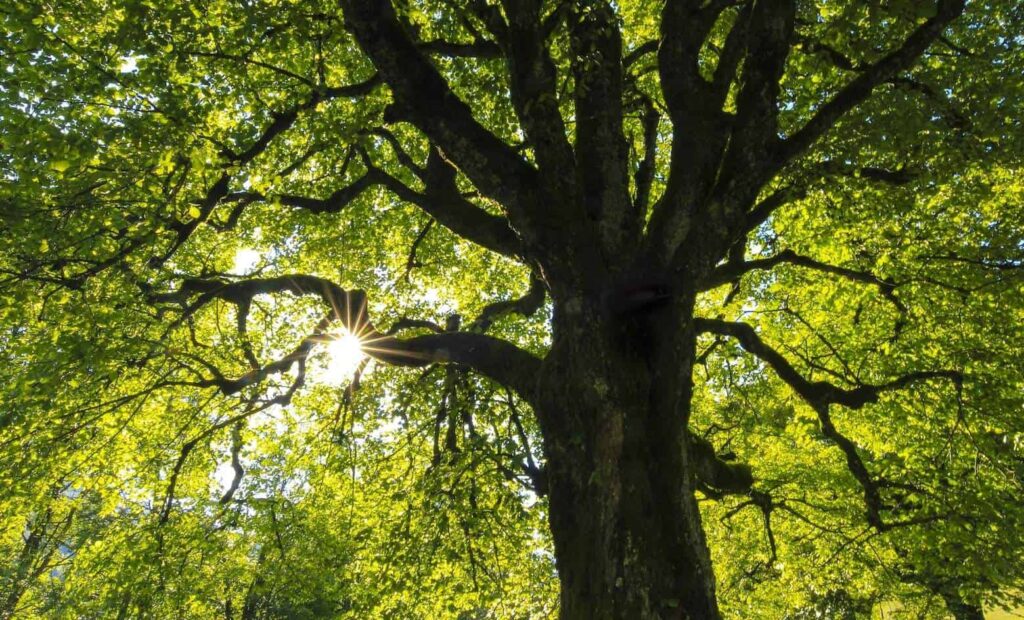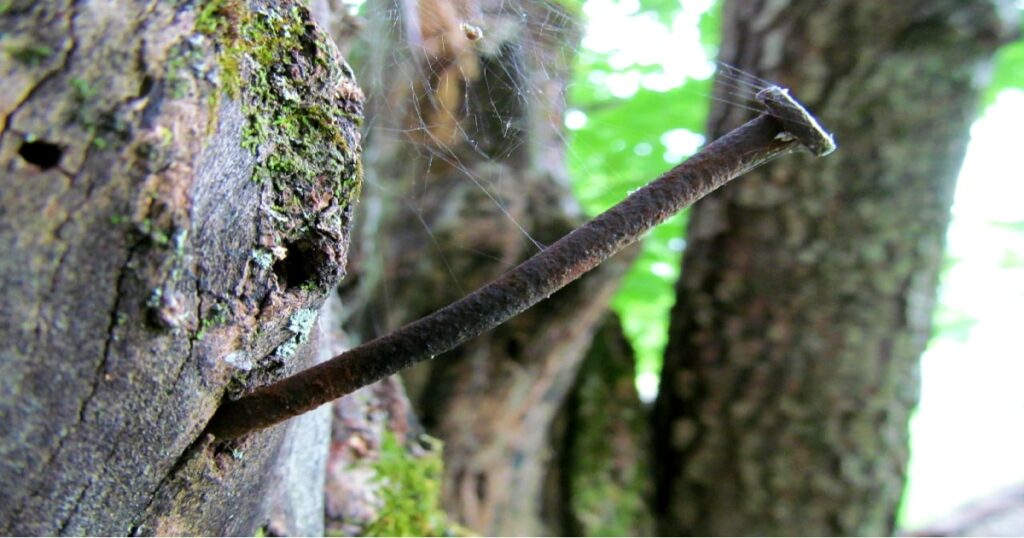
The elderberry plant comes from the genus Sambucus, which commonly produces black, dark purple, blue, or red berries in clusters.
The dark color of elderberry comes from its high phenolic content, specifically anthocyanins. They are poisonous when eaten raw but become edible after cooking.
Elderberry’s fruits and flowers are also used as herbal medicine to treat colds and other flu symptoms.
But before you go picking those attractive berries in the garden, be warned that there are poisonous elderberry look-alikes you need to be wary of! Here is a guide on how to identify elderberries and their toxic look-alikes.
How to identify elderberry?
Elderberry first produces cream-colored flowers with yellow anthers, which turn to dark purple berries by late fall. These berries grow in clusters and are attached to a red stem.
Elderberry is usually found in woodlands, lakes, ponds, roadsides, riverbanks, fields, and streams with ample exposure to the sun.
American black elderberry is a large and unkempt shrub. It grows from 5 to 12 feet tall, and 6 to 10 feet wide. The European elderberry, on the other hand, reaches from 20 to 30 feet tall.
Berries

An elderberry has dark purple berries in clusters, attached to a reddish-pink stem.
Stems and branches

The twigs of elderberry are brittle and red. The elderberry plant has no spike or thorn on its stems or branches.
Leaves

Black elderberry has 5 to 11 opposite leaflet pairs per leaf. These leaflets are oblong in shape with serrated ages.
What are the poisonous elderberry look-alikes?
Here are 3 poisonous elderberry look-alikes and their key differences from elderberries.
1. Pokeweed (Phytolacca Americana)
| Pokeweed | vs. Black elderberry |
Pokeweed is a poisonous perennial plant that can cause diarrhea, vomiting, and nausea. It is native to North America, Europe, and Asia.
All parts of this plant are poisonous not only to humans but also to animals.
Pokeweed and the black elderberry have the same dark purple berry and a red stem. To tell the difference, one should look at how the fruits are attached to the stem.
Black elderberries grow in loose clusters while pokeberries grow one berry in each stem. The fruits of pokeweed also have a distinct dent in every berry.
As to the size, elderberries are smaller than pokeweeds.
They also differ in stem color. Pokeberry has a bright pink stem while the black elderberry has a red stem.
Pokeweed leaves have prominent pink veins and undersides while elderberries’ leaves are green through and through.
2. Devil’s Walkingstick (Aralia spinosa)
| Devil’s Walkingstick | vs. Black elderberry |
Image: Northeast Superfoods | Image: Gaia Herbs |
The Aralia spinosa is a deciduous shrub commonly found in the east coast of North America. It is found at the edge of pastures, fields, and forests, and grows up to 26 feet tall.
The main distinguishing feature between the two is that the Devil’s Walking Stick is covered with spikes and thorns while an elderberry plant has none.
Although the fruits are alike in color from afar, when inspected up close, elderberries grow in clusters while those of the Prickly Elder grow one by one per stem.
Do not be fooled by its sour taste as it is toxic when consumed.
3. Water Hemlock (Cicuta spp.)
| Water Hemlock | vs. Elderberry in bloom |
Image: Candide | Image: Discover Wildlife |
The Water hemlock species are indigenous to the temperate regions of Europe and North America. They usually emerge in wet and marshy areas.
Water hemlock plants are poisonous and inedible. They are often confused with elderberries as they both bloom cream-white flowers.
Take note that water hemlock is grown in bunches with large tubers. Their stems have grooves but are hairless.
Its leaves come in opposite pairs nearing the top of the stem. Similar to pokeweed, all of its parts are poisonous.
Frequently Asked Questions
Elderberries are best harvested from mid-August to mid-September. This is the perfect time as the cream-white flowers have blossomed into dark purple and fully ripe berries.
The presence of flavonoids in elderberries slows down cognitive decline due to aging. It also has anthocyanins that improve brain health and boost one’s focus and memory.
Studies showed that elderberries’ chemical properties like quercetin have reduced the size of lesions of patients with vascular dementia as well as helped repair nerve injuries in the spinal cord.
A ripe elderberry becomes soft and turns into a dark purple, blue, or red color. The ripe clusters of elderberry are heavier and hang upside down.
In contrast, unripe elderberry is color green and hard.
Unripe elderberries as toxic since the seeds contain cyanide-inducing glycoside that is harmful to the body. Once eaten, raw elderberries cause vomiting, nausea, and diarrhea.
To prevent this, it is best to cook ripe elderberry before eating them.
Cooking elderberries remove cyanide-inducing glycoside. Once cooked, these toxic chemicals are deactivated making the elderberries safe for human consumption.
Cyanide prevents cells from using oxygen and can lead to death. So, it is not advised to eat raw, especially unripe, elderberries.
Elderberries contain cyanide-inducing glycoside which tends to inhibit cells from using oxygen. This leads to the buildup of cyanide in one’s body and causes nausea, vomiting, diarrhea, coma, and even death.
Elderberries contain antioxidants and dietary fibers that help lower blood pressure. Its fruits are rich in polyphenols which significantly reduces the blood pressure of those who incorporate polyphenol-rich food like elderberry in their diet.




